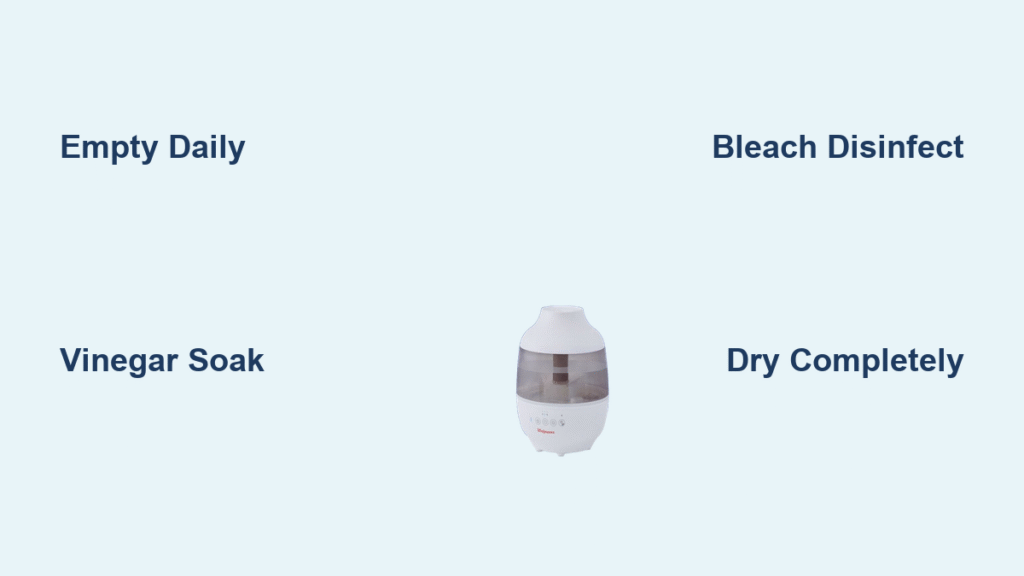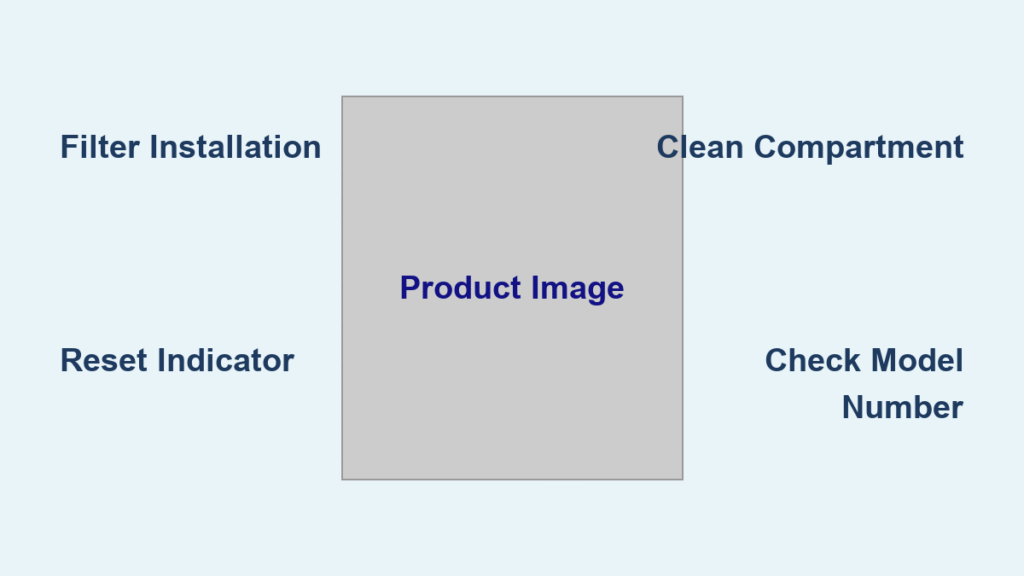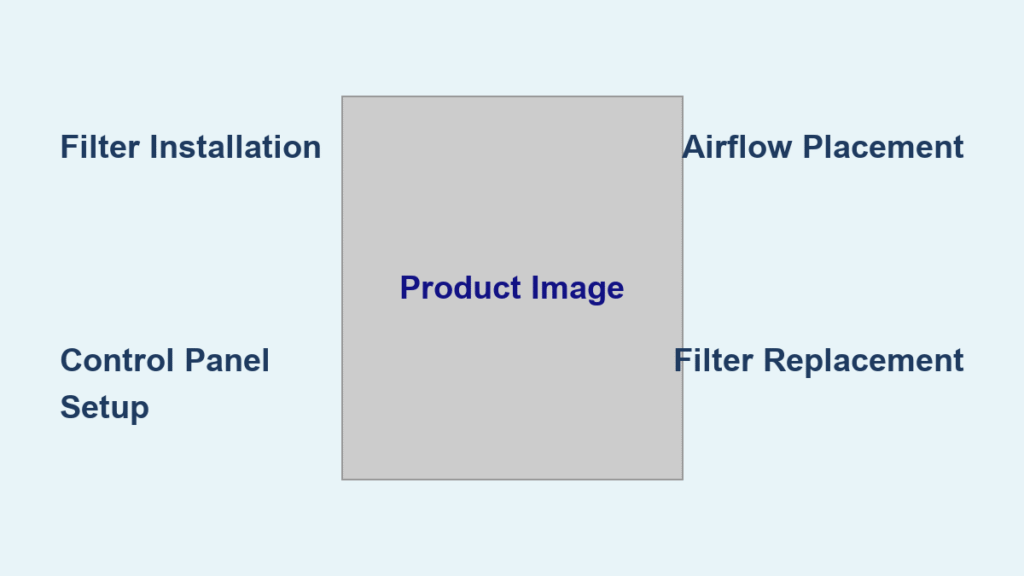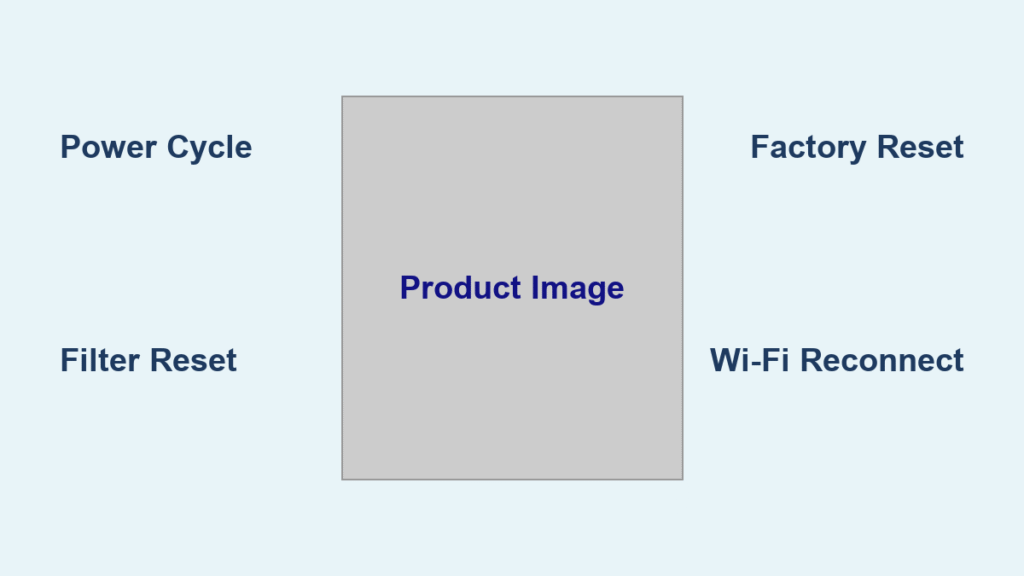That faint musty smell drifting from your bedroom humidifier isn’t just unpleasant—it’s a red flag. Within 24 hours, standing water breeds mold and bacteria that can trigger asthma attacks and respiratory infections. Your Walgreens humidifier works hard to keep your air comfortable, but without proper cleaning, it becomes a health hazard that pumps contaminated mist directly into your lungs.
The good news? You can eliminate these risks and restore peak performance with a simple weekly routine that takes less than 20 minutes. This guide walks through every step specific to Walgreens ultrasonic and evaporative models, from daily maintenance to monthly disinfection, ensuring your humidifier delivers clean, healthy moisture every time you turn it on.
Critical Safety Steps Before Cleaning Your Walgreens Humidifier
Unplug the unit completely and let any heated components cool for 15 minutes—never handle electrical parts when warm. Never mix vinegar with bleach; this creates toxic chlorine gas that causes severe respiratory damage in seconds. If using bleach or concentrated peroxide, work outdoors or at a utility sink with windows open to avoid inhaling fumes. Keep your Walgreens manual nearby; some models have dishwasher-safe tanks, while others require hand-washing only.
Must-Have Cleaning Supplies for Walgreens Models:
– Distilled white vinegar (5% acetic acid) for dissolving mineral scale
– 3% hydrogen peroxide or liquid chlorine bleach (5-6% sodium hypochlorite) for disinfection
– Soft-bristle toothbrush (never use metal scrubbers that scratch plastic)
– Cotton swabs for mist nozzle crevices
– Microfiber cloth to prevent lint residue
– Measuring cup for precise dilution
– Distilled water for final rinse (prevents new mineral buildup)
Daily 30-Second Routine to Stop Mold Growth
Empty and Dry Tank Immediately After Use
Power down and unplug your humidifier, then carry the water tank directly to the sink. Empty every last drop—invert and shake vigorously to remove residual water hiding in the base tray. Leave the tank and base components upside-down on a clean towel with all lids and caps removed for 15-30 minutes of air-drying. This single step prevents 90% of mold outbreaks by eliminating the stagnant water bacteria need to multiply.
Bacteriostatic Treatment for High-Risk Households
If someone has asthma or allergies, add Protec Humidifier Tank Cleaner to your fresh water refill. Crucial note: These treatments only slow growth—they never replace your weekly deep clean. Never use this in ultrasonic models unless the label specifically states compatibility.
Weekly Deep Clean: Vinegar Method for Walgreens Models
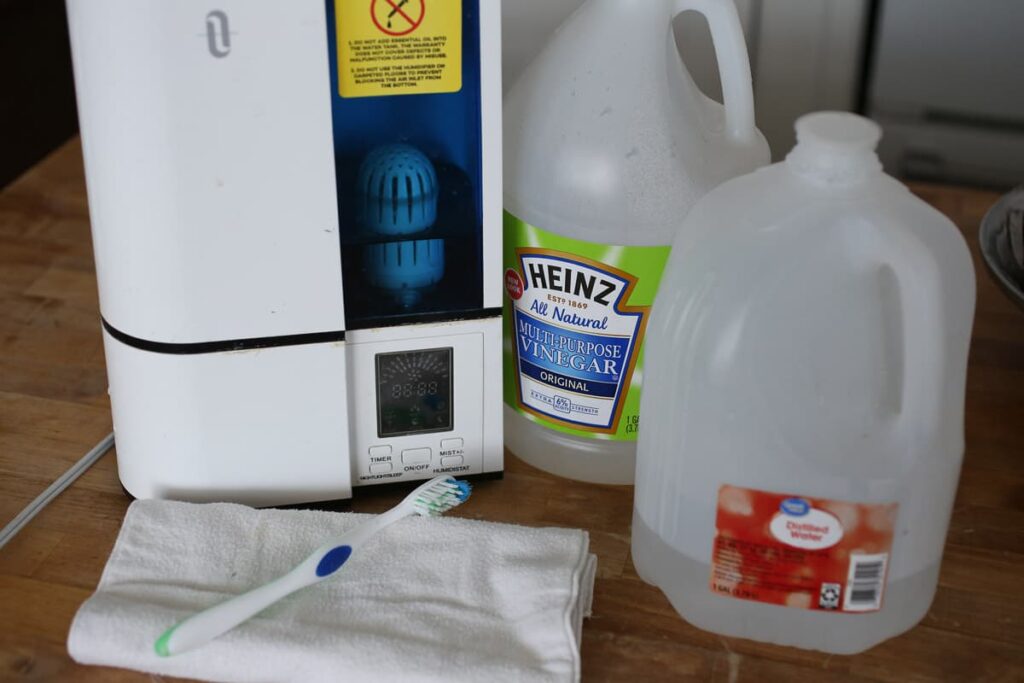
Complete Disassembly Without Damage
Separate all removable components: water tank, base reservoir, mist nozzle, tank cap, and demineralization cartridge (if present). Critical warning: Never submerge the base unit if it contains electronic controls or an ultrasonic transducer—wipe these areas with a vinegar-dampened cloth only. Consult your Walgreens manual for model-specific disassembly tips.
Vinegar Soak for Limescale Removal
Fill the tank with exactly 2 cups of undiluted white vinegar. Replace the cap, swirl to coat all interior surfaces, then set the tank on the base so vinegar drains into the reservoir. Add an extra ½ cup directly to the base if needed for full coverage. Soak duration: 15-20 minutes for routine maintenance; extend to 30 minutes for heavy white crust deposits. For stubborn scale, press vinegar-soaked paper towels against crusted areas near the ultrasonic disc.
Scrub and Rinse Like a Pro
Use your toothbrush to gently scrub the ultrasonic disc (look for a silver circular plate at the base bottom), float valve, and corners where minerals accumulate. For tiny mist nozzles, twist cotton swabs dipped in vinegar to dislodge clogs. Rinse all components under running water until vinegar odor vanishes completely. Pro tip: Run the humidifier on its lowest setting for 5 minutes with clean water to flush internal tubing, then empty the tank entirely. Air-dry all pieces upside-down on a towel—never store damp parts.
Monthly Disinfection: Bleach or Peroxide Protocol
Outdoor Bleach Cleaning for Maximum Safety
Mix precisely: 1 teaspoon bleach in 1 gallon cool water. Fill the tank with ¾ of this solution, set on base to drain, and let stand 15-20 minutes. Scrub any slimy biofilm with your toothbrush—this grayish film inside tubing causes musty odors. Empty immediately, then rinse 3-4 times until bleach smell disappears. Never skip this step: Incomplete rinsing leaves toxic residue in your mist.
Hydrogen Peroxide Alternative for Indoor Cleaning
Use 3% hydrogen peroxide straight from the bottle for safe disinfection indoors. Follow the same fill-soak-scrub sequence as bleach but skip the outdoor requirement. Peroxide’s bubbling action lifts hidden debris without damaging plastic seals. Rinse thoroughly until no fizzing occurs when water contacts surfaces.
Evaporative Wick Care: Avoid These Costly Mistakes

Never wash wicks with vinegar, bleach, or soap—these chemicals destroy antimicrobial coatings and disintegrate paper fibers. Instead, remove the wick weekly and swish in cold tap water for 30-60 seconds to release mineral dust. Critical step: Stand it upright on a towel to air-dry completely before reinstalling. When storing your humidifier overnight, let it run dry for 1 hour so the wick dehydrates fully—this prevents mold growth during downtime.
Replace wicks every 3-6 months, or immediately if they feel stiff, develop brown spots, or emit odors. Distilled water extends wick life by 50% compared to tap water.
Troubleshooting Walgreens Humidifier Problems

White Dust Covering Your Furniture
This chalky residue means tap water minerals are vaporizing. Fix: Switch to distilled water immediately. Install a demineralization cartridge if your Walgreens model has a cartridge slot (check near the water tank).
Weak Mist Output After Cleaning
Mineral scale still clogs the ultrasonic disc. Fix: Repeat the vinegar soak, then use a cotton swab dipped in vinegar to scrub the disc in small circles. Never scrape with sharp objects.
Musty Smell Persists After Disinfection
Biofilm hides in internal tubing. Fix: Run undiluted hydrogen peroxide through the system outdoors for 30 minutes, then rinse 5 times with distilled water.
Wick Turns Brown Within Weeks
High iron content in your water supply is oxidizing the filter. Fix: Use distilled water exclusively and replace wicks monthly until the problem resolves.
Seasonal Storage and Restart Checklist
Pre-Storage Deep Clean Procedure
Before storing your Walgreens humidifier, complete both the weekly vinegar descale and monthly disinfection cycles. Let all parts dry for 48 hours in a well-ventilated area—trapped moisture causes mold during storage. Discard old wicks showing discoloration, and store new spares sealed in their original packaging. Pro storage tip: Place the tank upside-down with the cap off to prevent dust accumulation.
First-Use After Storage Protocol
When bringing out your humidifier, inspect the power cord for cracks and check seals for brittleness. Perform a quick rinse of all components, fill with fresh distilled water, and run for 10 minutes before regular use. This flushes out any dust that accumulated during storage—preventing that unpleasant “first-use cloud” of debris.
Your Walgreens Humidifier Cleaning Schedule at a Glance
- Daily: Empty tank, rinse, air-dry upside-down (30 seconds)
- Weekly: Full vinegar descale and scrub (15 minutes)
- Monthly: Disinfect with bleach/peroxide (20 minutes)
- Every 3-6 months: Replace evaporative wick/filter
- Seasonal: Deep clean before storage; inspect on first use
A clean Walgreens humidifier means healthier air and optimal performance. By following this systematic approach—daily emptying, weekly descaling, monthly disinfection—you’ll eliminate health risks while extending your humidifier’s lifespan by years. Start tonight with the simple daily routine, and your lungs will thank you tomorrow morning with every breath of clean, properly humidified air. Remember: when your humidifier smells musty, it’s already pumping contaminants into your home—act immediately with this proven cleaning method.

